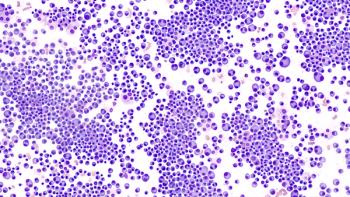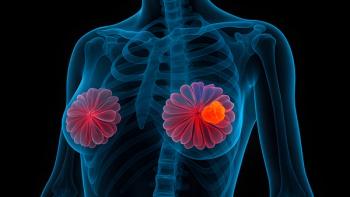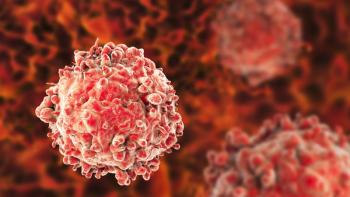
Study Finds Lower Vaccine Uptake in States With Higher Rates of HPV-Related Cervical Cancer
New data has shown that states that have higher rates of cervical cancer incidence and mortality also have low HPV vaccination rates among young women.
Jennifer L. Moss, MSPH
New data has shown that states that have higher rates of cervical cancer incidence and mortality also have low HPV vaccination rates among young women.
The data were presented at the American Association for Cancer Research (AACR) conference on The Science of Cancer Health Disparities in Racial/Ethnic Minorities and the Medically Underserved.
“Cervical cancer incidence and mortality rates vary widely by state,” Jennifer L. Moss, MSPH, a doctoral student in the Department of Health Behavior at the University of North Carolina Gillings School of Global Public Health in Chapel Hill, said in a statement. “Our data show that adolescent girls remain vulnerable to disease in areas where women already have a higher risk of developing and dying from cervical cancer. If more adolescents, both girls and boys, in these states received an HPV vaccine, their risk of HPV-related cancers would drop dramatically.”
Moss and colleagues collected state-based data on HPV vaccination rates from the National Immunization Survey—Teen and on cancer rates in different states from the US Cancer Statistics database.
The research showed that as cervical cancer incidence rates increased, HPV vaccine initiation rates among girls decreased.
“For example, in a state like Massachusetts, about 6 per 100,000 women develop cervical cancer each year and 69% of teen girls have initiated HPV vaccination,” said Moss. “However, in states with higher rates of cervical cancer incidence, such as Arkansas, where the rate is 10 per 100,000 women, vaccination is much lower—41% of teen girls.”
The study also found that HPV vaccine initiation was lower among girls living in states with higher cervical cancer mortality rates, higher proportions of non-Hispanic black residents, and lower proportions of high-income residents.
Completion of the three-dose course of HPV vaccine was higher in states with greater levels of adolescent contact with the healthcare system.
“Teens don’t visit their healthcare providers as often as younger children, so increasing the frequency and efficiency of preventive visits is really important for HPV vaccination and cancer prevention,” Moss said. “We know that a healthcare provider’s recommendation is the single biggest influence on whether an adolescent receives an HPV vaccine. So, we hope that the findings of our study impress upon clinicians, especially those practicing in states with higher cancer rates, that cancer prevention means recommending HPV vaccination to adolescent patients at every visit.”
The study also gathered data on HPV vaccine initiation coverage for boys. The results showed that HPV vaccine initiation among boys was lower in states with higher proportions of non-Hispanic white residents and lower proportions of residents of “other” race/ethnicity, but HPV vaccine initiation among boys was not associated with states’ HPV-related cancer incidence or mortality.
However, since initiation among boys and girls was highly correlated, it is possible that the pattern seen among girls could develop as vaccination among boys becomes more widely accepted and coverage increases.
According to the researchers, the current patterns of HPV vaccination may not be adequate to reverse the current geographic disparities in HPV-related cancer incidence and mortality. They suggest that strengthening adolescent preventive healthcare use may be particularly important to increase completion of the HPV vaccine course.
Newsletter
Knowledge is power. Don’t miss the most recent breakthroughs in cancer care.
















































































